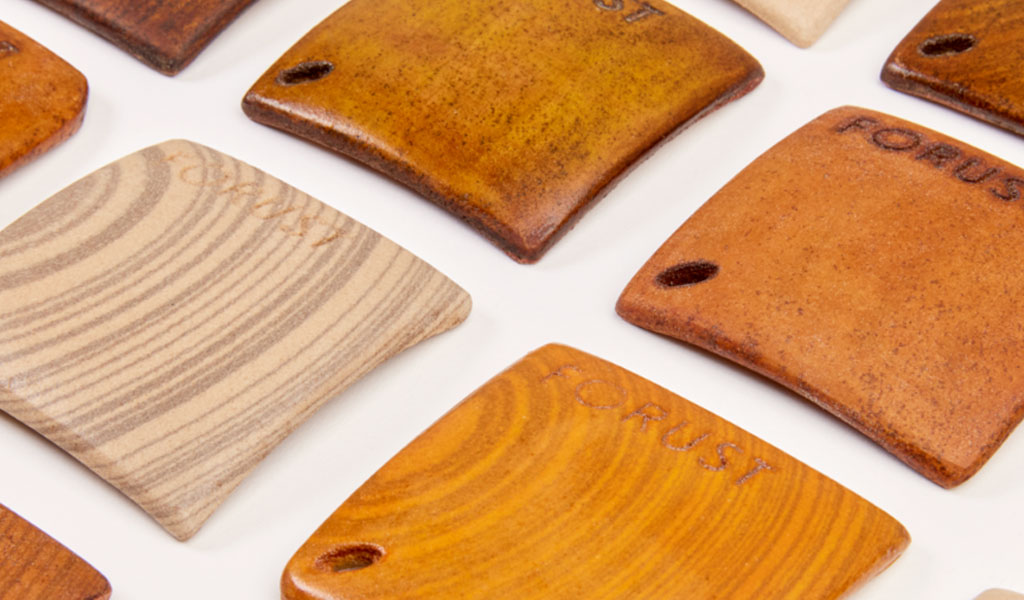Since 3D printing became popular, some manufacturers have tried to use wood as a 3D printing material, but the results have been relatively average. The main reason is that the material properties of wood do not match the 3D printing process, and it cannot be thermally melted or sintered. In the early days, wood could only be added to PLA in a certain proportion and printed through the FDM 3D printing service and process.

To this day, this is still one of the main methods of using wood for 3D printing. However, this method has great limitations. First, the wood content is relatively low, and the quality of the printed items is different from that of wood products. Second, PLA filaments with added wood can easily block the nozzles during printing.
With the advancement of 3D printing technology, there are now new processes that can use wood as a raw material. This year, 3D printing company Forust used Desktop Metal’s binder jet 3D printing process to print many wooden products. Based on this process, Forust can utilize sawdust and scraps from wood processing.
The binder jet 3D printing process is an emerging 3D printing technology in recent years. During printing, powder materials and adhesives are alternately sprayed to build objects layer by layer. At present, Forust can already use this process to 3D print a variety of wood products or plywood cutting products such as furniture, daily necessities, and automobile decorative parts. It also uses bio-epoxy resin as an adhesive to avoid the formaldehyde problem in furniture.
